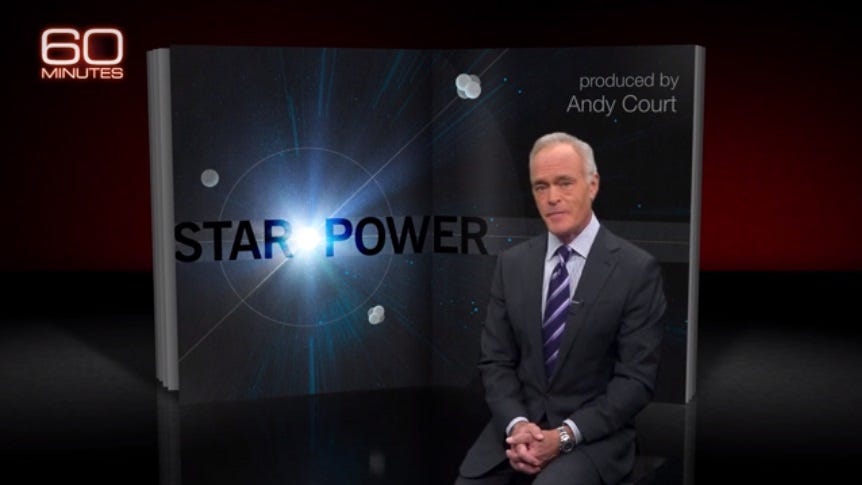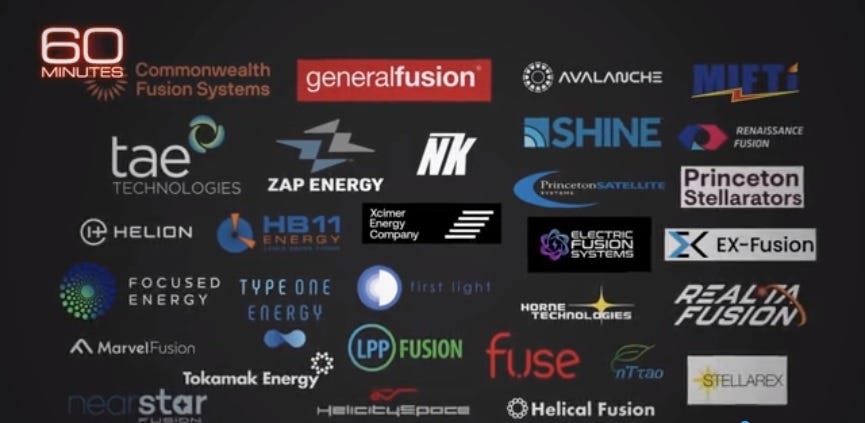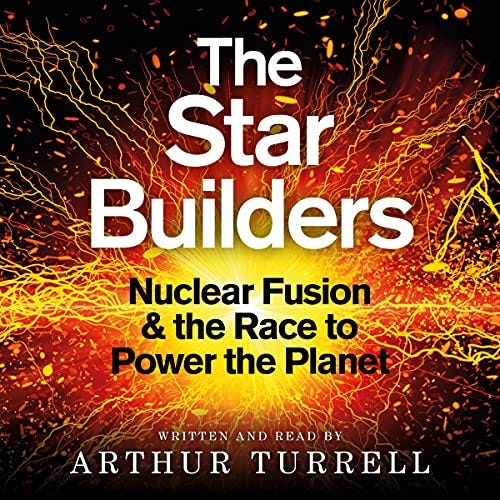🌟 So aggravating: Gloomy '60 Minutes' downplays the chances of a nuclear-fusion economy. Of course, it did.
Also: 5 Quick Questions for … economist Michael Strain on technological progress (part one)
In This Issue
The Essay: So aggravating: Gloomy 60 Minutes downplays the chances of a nuclear-fusion economy. Of course, it did.
5QQ: 5 Quick Questions for … economist Michael Strain on technological progress (part one)
Micro Reads: ChatGPT, SpaceX, Apple, and more …
Quote of the Week
“When we look up at night and view the stars, everything we see is shinning because of distant nuclear fusion.” - Carl Sagan
“Fusion is great in the long run because it’s an energy source that is basically post-resource. Today, energy is tied to a resource, and you collect it in the ground or collect it from the sky. Fusion is tied to a machine. You build a machine and you have energy where you want it and when you want it. No pipeline, no smokestack. So the question is: What’s that machine? What does that look like?” - Bob Mumgaard, Commonwealth Fusion Systems
The Essay
🌟 So aggravating: Gloomy 60 Minutes downplays the chances of a nuclear-fusion economy. Of course, it did.
The long-running CBS news program 60 Minutes reported Sunday on last month’s announcement of a stunning nuclear-fusion breakthrough. Given my innate capacity for crazy-go-nuts optimism, I actually watched with modest confidence that reporter Scott Pelley would make amends for his egregiously wrong-headed and quasi-apocalyptic recent feature on the loss of global biodiversity, one that inexplicably used elderly biologist and degrowther Paul “Population Bomb” Ehrlich as an expert commentator.
And for a few minutes, my smidgen of confidence seemed well placed as the segment began with a strong techno-optimistic, Up Wing opening:
Last month, the nearest star to the Earth was in California. In a laboratory, for the first time, the world's largest lasers forced atoms of hydrogen to fuse together in the same kind of energy producing reaction that fires the sun. It lasted less than a billionth of a second. But, after six decades of toil and failure, the Lawrence Livermore National Laboratory proved it could be done. If fusion becomes commercial power one day, it would be endless and carbon free. In other words, it would change human destiny.
True, true, true, true, true, true, and hells yeah it would. Next up: a tour of the historic hot spot itself, the National Ignition Facility at Lawrence Livermore National Laboratory in California. There, Pelley interviewed the lab’s director, Kimberly Budil, as well as plasma physicist Tammy Ma, who leads the lab's laser fusion research initiatives. Both gave enthusiastic and learned context as to why the energy breakthrough is such a big deal. (Ma said she burst into tears while waiting for a flight when she got the call that the experiment — beaming 192 giant lasers at a tiny, supersmooth diamond-covered sphere made of hydrogen isotopes deuterium and tritium — briefly generated a fusion reaction that produced more energy than it consumed. I almost wept, too.) All and all, viewers got a good explainer about how the whole process works.
Then came The Pivot to Pessimism with this sentence from Pelley: “But getting from the first ignition to a power plant will be hard.” Hard or nigh impossible?
For starters, Pelley had Ma explain that while the NIF averages a single laser shot a day, a power plant would theoretically require ten shots per second with the net energy gain increased by a factor of 100.
Next, Pelley expanded upon Ma’s comments:
Not only would the reactions have to produce 100 times more energy, but a power plant would need 900,000 perfect diamond shells a day. Also, the lasers would have to be much more efficient. Remember, December's breakthrough put two units of energy in and got three out? Well, it took 300 units of power to fire the lasers. By that standard, it was 300 in, three out. That detail was not front and center at the Department of Energy's December news conference which fused the advance with an unlikely timeline.
Then came an interview with mathematician (M.S. from Yale), science journalist, and fusion skeptic (he wrote about a book about the fusion “hype” all the way back in 2008) Charles Seife, who said predictions of a fusion reactor within a decade are nonsense. From the segment:
“I don't want to diminish the fact that this is a real achievement. Ignition is a milestone that people have been trying … to do for years. I'm afraid that there're so many technical hurdles, even after this great achievement … that ten years is a pipe dream.” Those hurdles, Seife says, include scaling up Livermore's achievement. The December shot generated about enough excess power to boil two pots of coffee. The hurdles might be overcome, Seife says, but not soon. “I have a running bet going that we're not going to have it by 2050.”
Finally, with about 90 seconds left in the 13-minute segment, viewers saw this image:
Pelley: “Still, betting against Charles Seife's prophesy, are more than 30 private companies designing various approaches to fusion power—including using magnets, not lasers. $3 billion in private money flowed into those companies in the last 13 months—including bets by Bill Gates and Google.” Seems like important information! Too bad, the segments moved on. Then, comparing the NIF fusion reaction to the Wright Brothers’ first flight, Pelley concluded: “It was 44 years from a puddle jump to supersonic flight. Whether fusion power is 10 or 50 years away is now mainly an engineering problem. Lawrence Livermore has proven — that from a machine — a star is born.”
I think the average viewer watching this entire segment might reasonably draw this conclusion about the future of getting grid power from nuclear fusion: Some physicists in California did a cool science experiment that might win someone a Nobel Prize someday but is otherwise pretty far removed from the big problems of today or even a generation in the future. Wall Street seems confident because magnets(?), but that sciencey mathematician dude said straight-up that fusion isn’t going recharge my iPhone any decade soon. Also, I remember Paul Ehrlich saying a few weeks ago, ‘The next few decades will be the end of the kind of civilization we're used to.’ The year 2050 at the earliest? Why are we even bothering? What time does Sunday Night Football start, again?
So let us imagine an alternate 60 Minutes segment on fusion, one maybe a few minutes longer.
Keep reading with a 7-day free trial
Subscribe to Faster, Please! to keep reading this post and get 7 days of free access to the full post archives.





